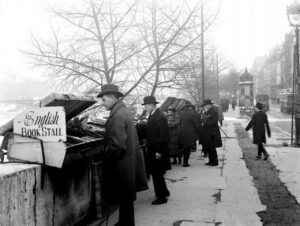
Paris’ bookstalls : browsing for books along the Seine
This is the largest open air bookshop in Europe, and one of the most iconic symbols of Paris. A stroll through the bouquinistes’ stalls is a genuine experience.

This is the largest open air bookshop in Europe, and one of the most iconic symbols of Paris. A stroll through the bouquinistes’ stalls is a genuine experience.